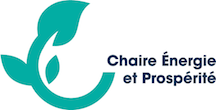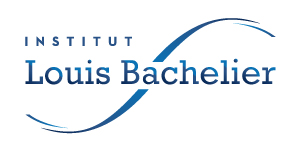The 2008 and Covid crises have led to increasing public debts and to the launching of unconventional economic policies. Thanks to a complete description of the balance sheets of the domestic and foreign agents, stock flow consistent (SFC) modelling was well-equipped to evaluate their economic consequences. The founding works of Godley and Lavoie (Godley, 1999; Lavoie and Godley, 2001; Godley and Lavoie, 2007) on SFC modelling were simply calibrated. Since 2005, better calibrated or econometrically-based SFC models became more frequent. The Levy model of the US (Godley et al., 2005) was a forerunner. A first version of an econometric SFC model of the French economy based on the accumulation accounts from INSEE and on the financial accounts of the Bank of France has been presented (Mazier and Reyes, 2022). It provides the overall structure, the main equations and the basic properties of the model.
This paper is based on the same model with some improvements. The determinants of the structure of the interest rates are more developed. The treatment of the central bank includes the description of interests received and paid. A key equation of the model, the rate of capital accumulation of firms, has been modified in order to introduce a demand effect. Also, a provisional version of the model with endogenous public bonds interest rate is shown at the end of the paper. These improvements do not change fundamentally the properties of the model but some inflexions can be noticed.
The paper is organized as follows. A second part presents the overall structure of the model and the main equations with a focus on the new ones. A third section is devoted to the simulations on the past and to basic shocks with an evaluation of the value of the multipliers of this version compared with the previous one. A fourth section analyzes some forms of unconventional or more conventional economic policies to finance public investment or social transfers. A fifth section studies the economic consequences of imported an inflationary shock and some possible policy responses. A last section gives some proposals towards endogenization of public bonds interest rate. A final part concludes.
No Upcoming Events found!


